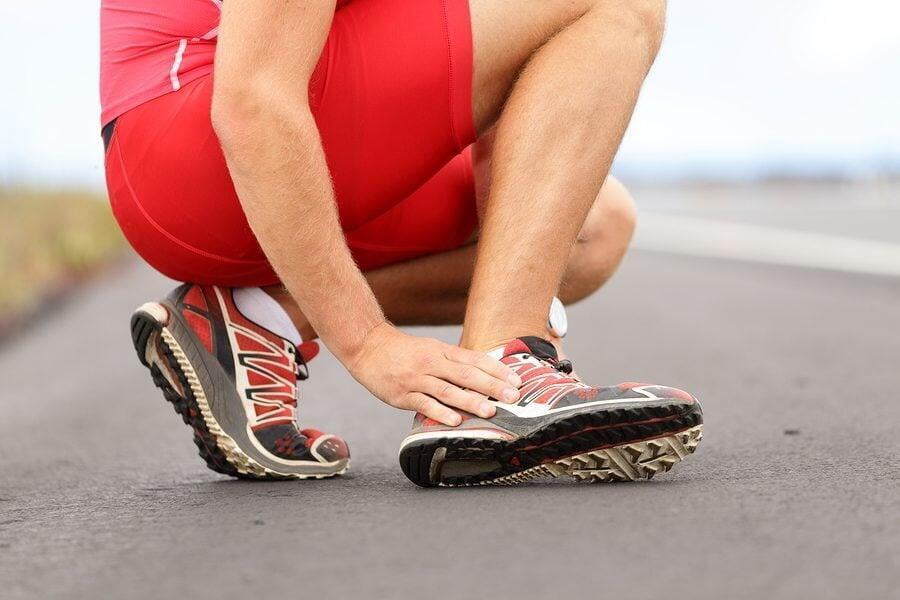
What are sprains and strains?
Sprains and strains are very common injuries, especially in children and those who do sports. Because of the very similar symptoms they present with, most of the people do not make a difference between these two. Sprains are injuries of the ligaments which are connective tissue bands that enclose and support joints. Even though strong in nature, sudden forces can overstretch, twist or torn them, or even lead to rupturing of the ligament. Common locations for sprains include the knees, ankles, wrists and thumbs. On the other hand, Strains are injuries of tendons – structures that attach muscles to the bone or muscles themselves. Common sites for strains include the calf, groin and hamstring.
What causes it?
There are many reasons why these injuries occur. Most often they happen during some sporting activity, when the person changes the speed or direction of movement suddenly, or falls awkwardly or collides with another person or object. There are some predisposing factors that may increase the risk of injury if any of the above situations happen: inadequate warm-up, overusing poor-conditioned muscles and following inadequate technique.
Why not to neglect taking medical help?
These injuries and the symptoms they present with can arise acutely (suddenly), or chronically (develop gradually). The symptoms of both sprains and strains usually are severe pain, cramping, swelling around the injured site, inflammation, bruising and of course, limited movement.
People usually manage these at home, by using painkillers and resting. But it is essential that you visit your doctor as he/she may notice some ominous signs you cannot see. Some of the injuries are more severe, and treatment with painkillers can only mask the pain but leave serious consequences. Your doctor will do regular physical exam to make the diagnosis and in more complicated cases, he/she may offer X-ray imaging of the affected area to exclude and prevent any serious complications. Doctor can prescribe you medications and suggest other treatment options, from immobilization to surgical procedures. Even the rupture of the ligament does not always require the surgical treatment, but if not properly managed and rehabilitated, it can cause further damage and have impact on the quality of life by narrowing the range of movements of the injured joint. After initial assessment and treatment, to preserve the function of the injured ligament or tendon, physical therapy is of the utmost importance. Specific exercises and their frequency can be prescribed only by a professional, so do not hesitate to ask for consultation.
Remember:
The most important thing is to make the proper diagnosis and start the appropriate therapy and rehabilitation, which can only be done by your doctor.
